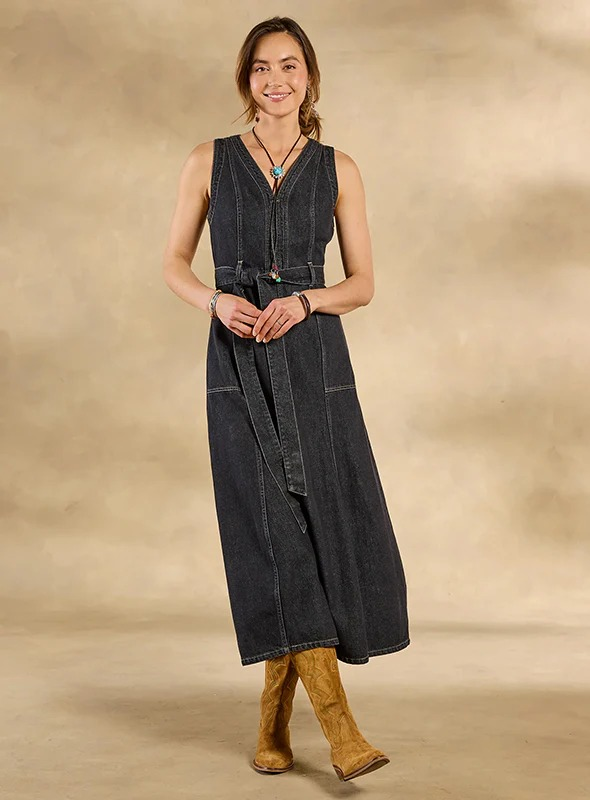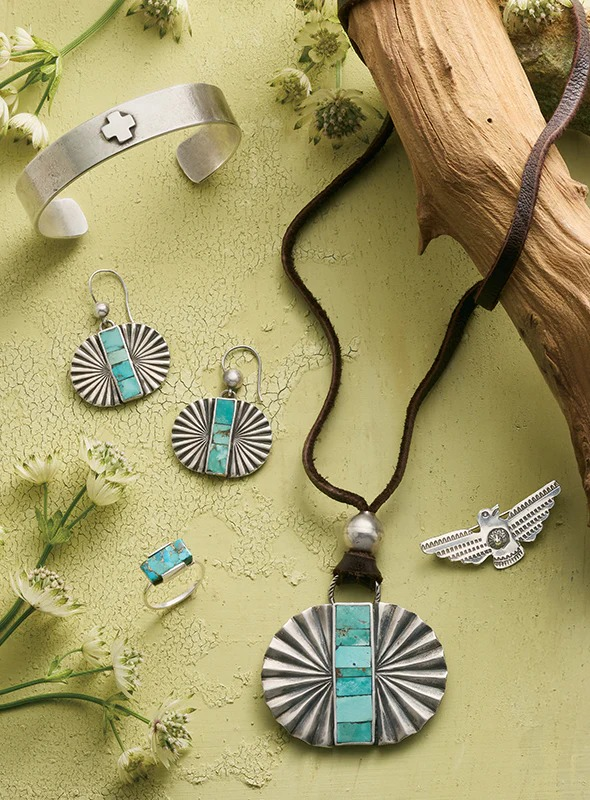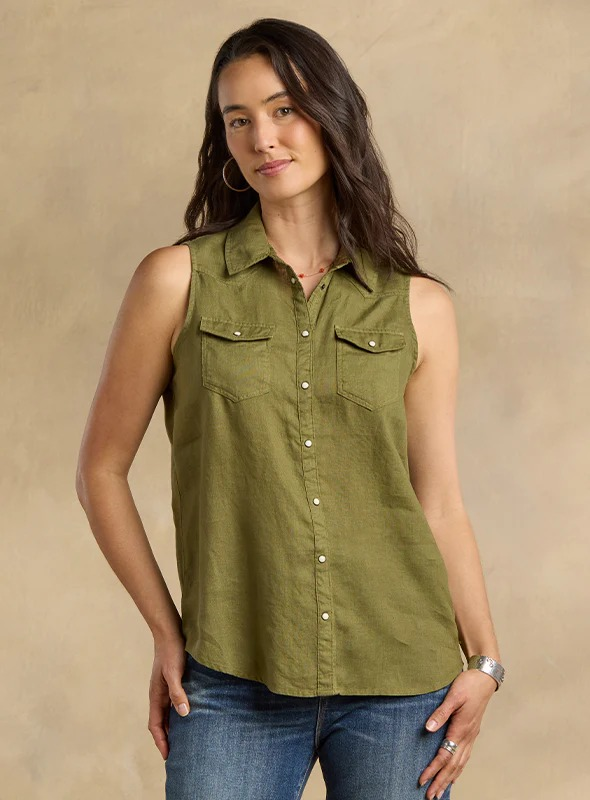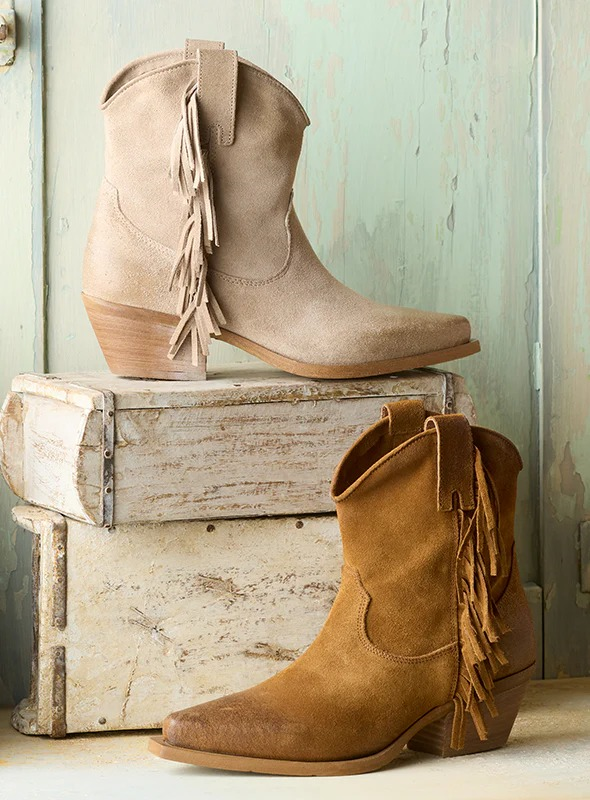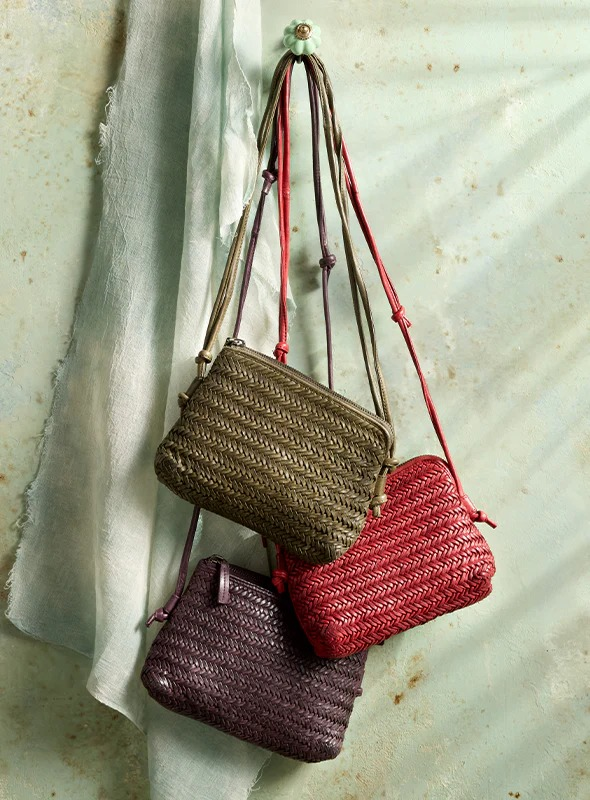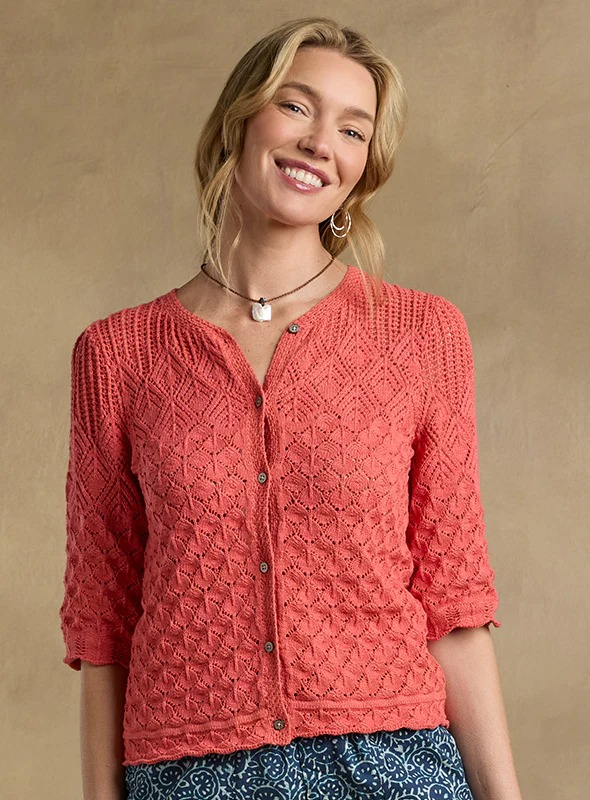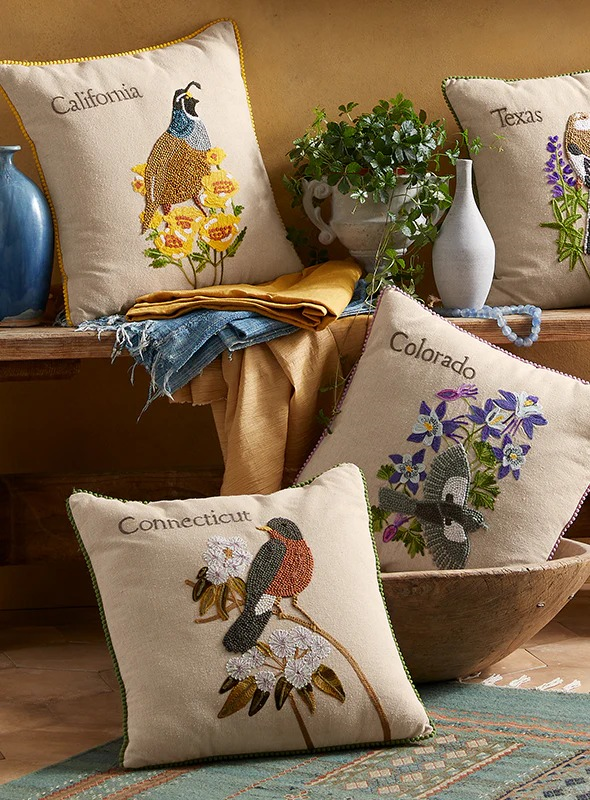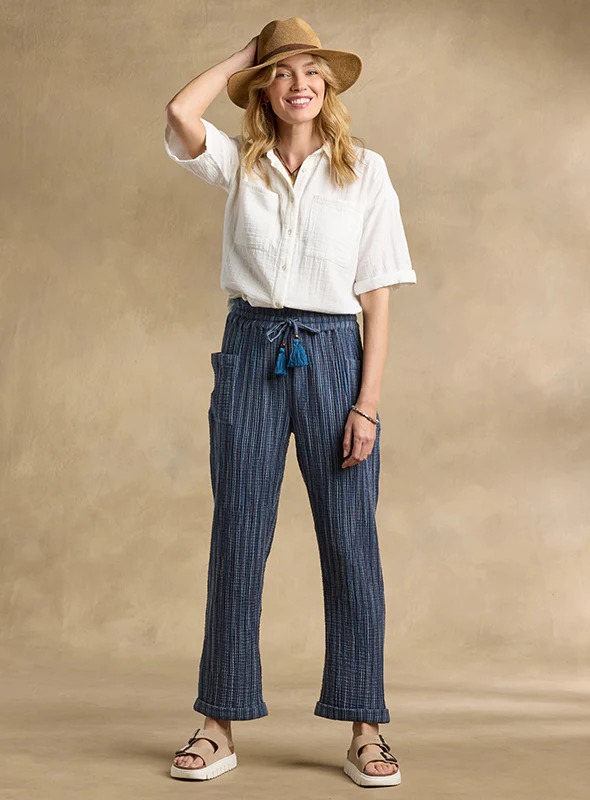
The Fabric of Self: Exploring the Liberating Power of Non-Conforming Dress
The act of choosing what we wear each day is, on a fundamental level, a decision about how we wish to present our inner world to the exterior one. Clothing is one of the most immediate and personal forms of self-expression, a non-verbal language that communicates volumes about our personality, mood, and beliefs. Yet, for centuries, the realm of personal attire has been rigidly segregated, particularly along perceived lines of gender. We’ve been conditioned to accept that certain cuts, fabrics, and styles belong exclusively to one category, creating an often unspoken, yet fiercely guarded, boundary. Crossing this boundary, an exploration frequently referred to as non-conforming or trans-attire dress, is a profoundly meaningful and complex journey for countless individuals. It is an act of liberation that challenges deeply ingrained social norms and, ultimately, expands the very definition of personal freedom.
To understand the significance of this pursuit, one must first recognize the deep-seated cultural weight placed upon ‘masculine’ and ‘feminine’ aesthetics. Attire typically associated with women—flowing dresses, intricate detailing, lighter fabrics, vibrant colors, and certain forms of accessories—has historically been connected with qualities like softness, beauty, and emotional expression. Conversely, clothing deemed ‘men’s wear’ often embodies structure, practicality, and an austerity that projects strength and professional seriousness. When an individual, typically assigned male at birth, chooses to embrace the forms and sensibilities of attire traditionally reserved for women, they are not merely changing their outfit; they are engaging in a radical re-evaluation of their self-perception and their relationship with societal expectations.
For many, this form of dressing is a profound source of personal pleasure and psychological relief. It can be a vital outlet for an aspect of their identity that is otherwise suppressed. Imagine the feeling of carrying a hidden world within, a world of texture, color, and form that yearns for external manifestation. The simple act of donning an elegant silhouette, feeling the silkiness of a fabric, or enjoying the careful application of complementary personal adornments can release pent-up emotional energy. It allows a full, complex self to breathe. This engagement with the feminine aesthetic often unlocks feelings of beauty, grace, and inner peace that a more conventional wardrobe fails to provide. It is an exercise in self-care, a personal ritual that fosters well-being by allowing authenticity to flourish.
The exploration of this aesthetic is also intimately connected to the concept of play and creativity. Fashion, after all, is an art form. It is the most accessible canvas we have for daily artistic expression. For those who engage in this manner of dressing, their wardrobe becomes a toolkit for exploring various personas, moods, and styles. It’s about meticulously pairing footwear with hosiery, experimenting with different hair presentations, or selecting jewelry that catches the light just so. This creative engagement requires a keen eye for detail and a sophisticated understanding of aesthetics, turning what some might dismiss as frivolous into a highly evolved form of performance art and personal styling. The joy found in this meticulous process of transformation is a celebration of human ingenuity and the delight in crafting a desired visual reality.
The challenges, however, are as real as the rewards. Despite growing social acceptance in many parts of the world, the decision to step outside of established dress codes can still invite scrutiny, judgment, or outright hostility. Societal norms, enforced by unspoken rules and historical prejudices, can make even the most private act of self-expression feel fraught with risk. Many navigate a complex, often exhausting, duality, maintaining a conventional exterior for professional or familial reasons while nurturing their true self in private. The journey is frequently one of small, brave steps: an intimate reveal to a trusted partner, a tentative venture into a supportive social gathering, or simply the daily choice of wearing a traditionally feminine undergarment as a secret comfort beneath conventional outerwear. Each step is a quiet victory against a world that demands rigid categorization.
Ultimately, the phenomenon of non-conforming dress compels us to ask deeper questions about clothing itself. Why do we assign gender to textiles and tailoring? Why does a skirt on one person suggest one thing, and on another, something entirely different? The clothing itself is neutral; it is the human gaze, steeped in cultural history, that applies the label.
The people who embrace this path are, in their own quiet way, pioneers. They are dismantling rigid constructs one outfit at a time, proving that genuine selfhood cannot be confined to any predetermined box. They remind us that the most important judgment on our attire is the one we make ourselves: does this clothing make me feel whole, happy, and truly seen? For those who find their truth in the graceful sweep of a maxi-dress, the perfect fit of a tailored jacket, or the subtle glimmer of a favorite accessory, the answer is a resounding yes. Their journey is a powerful testament to the universal human need for self-discovery and the fundamental right to wear one’s identity on one’s sleeve, in whatever fabric, cut, or color feels most authentic. The revolution of self-acceptance begins, quite literally, with the clothes on our backs.









